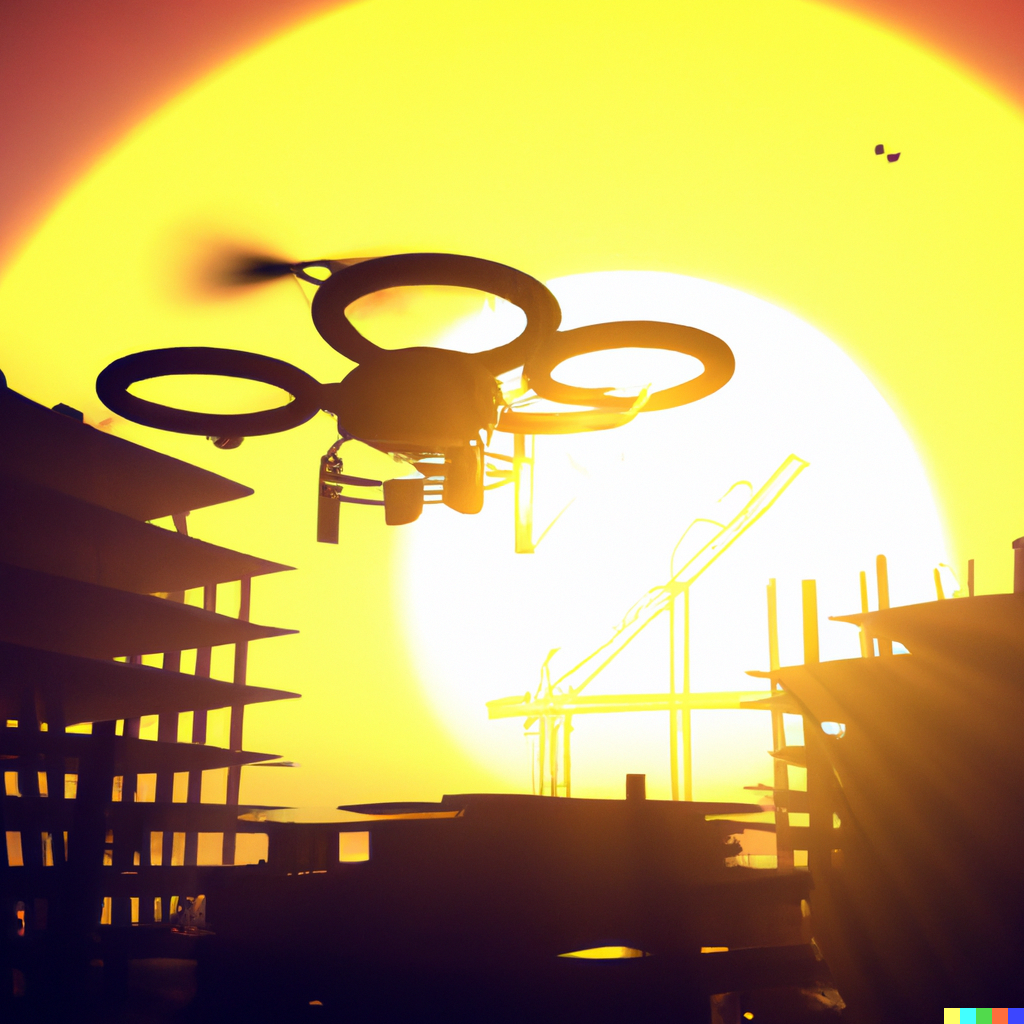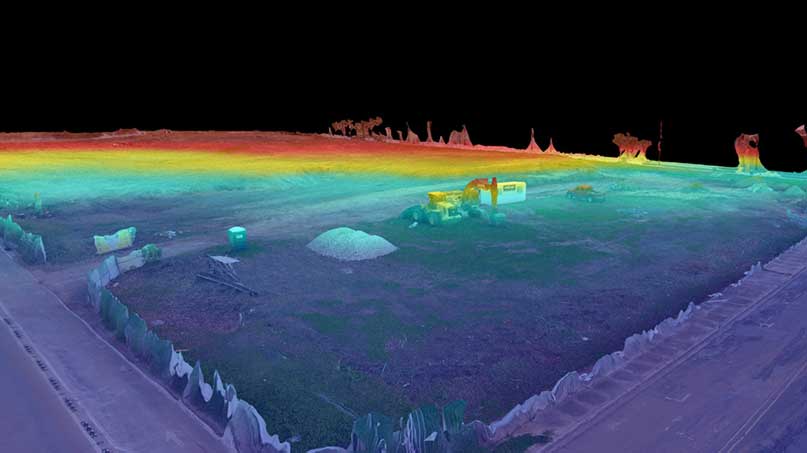
From Above: The Advantages of Aerial Mapping
Aerial mapping is the process of creating detailed maps and surveys of large areas using drones. This technology has revolutionized the mapping and surveying industry by offering a cost-effective, accurate, and efficient alternative to traditional surveying methods. In this blog post, we will explore the benefits of using drones for aerial mapping and surveying.
Drones are transforming the way we map and survey our world, offering a more accurate, efficient, and cost-effective approach that is improving decision-making and unlocking new insights for a wide range of industries.

Cost Savings: Aerial mapping with drones can significantly reduce the cost of mapping large areas. Traditional surveying methods are time-consuming and require a large team of surveyors to cover a large area. Using drones, on the other hand, allows a single operator to cover large areas in a fraction of the time and at a lower cost.
Increased Accuracy: Drones equipped with high-resolution cameras and advanced sensors can capture data with incredible precision, resulting in highly accurate maps and surveys. Additionally, aerial mapping with drones can capture data that is difficult or impossible to obtain using traditional surveying methods, such as capturing data on difficult terrain, structures, and vegetation.
Improved Efficiency: Drones can cover large areas quickly and efficiently, allowing surveyors to gather data in a fraction of the time it would take using traditional surveying methods. This increased efficiency not only saves time and money, but also reduces the disruption to the environment and the public.
Enhanced Safety: Aerial mapping with drones can improve safety by eliminating the need for surveyors to access dangerous or difficult-to-reach areas. Drones can safely capture data on steep terrain, cliffs, and other hazardous environments without putting surveyors at risk.
Versatility: Drones can be used for a wide range of mapping and surveying applications, including topographic surveys, 3D mapping, and volumetric calculations. They can also be used for environmental monitoring, disaster response, and infrastructure inspections.



Leave a Reply